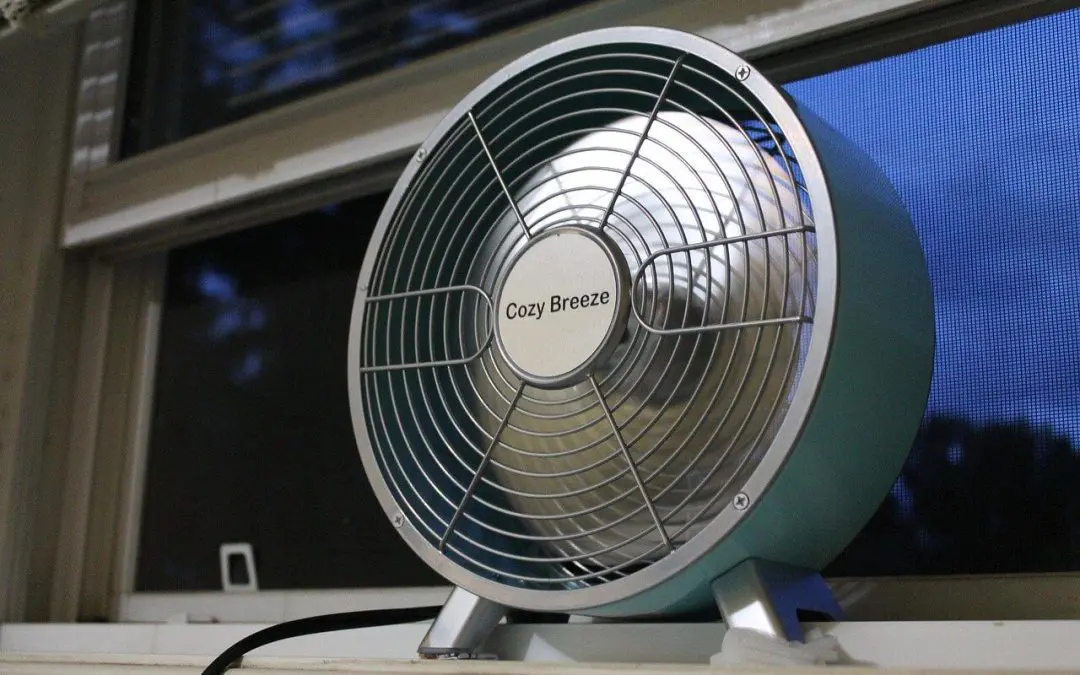Keeping your home cool during the sweltering summer months can be challenging and expensive. However, with a few innovative strategies, you can significantly reduce cooling costs while maintaining a comfortable indoor environment. Here’s how you can achieve this balance.
Optimize Your Thermostat Settings to Reduce Cooling Costs
One of the easiest ways to save on cooling costs is to adjust your thermostat settings. Set your thermostat to the highest comfortable temperature. The U.S. Department of Energy recommends 78°F (26°C) when you’re at home and higher when you’re away. Programmable thermostats can automatically adjust the temperature based on your schedule, reducing energy usage when you’re not at home.
Enhance Your Home’s Insulation
Proper insulation is crucial in maintaining a cool home. Insulate your attic, walls, and floors to prevent cool air from escaping and warm air from entering. Check for gaps or leaks around windows and doors, and seal them with weatherstripping or caulk. This will keep the cool air inside and reduce the workload on your air conditioning system.
Use Fans Wisely
Ceiling fans and portable fans can be great allies in reducing cooling costs. Fans circulate air, creating a wind-chill effect that makes you feel cooler without lowering the thermostat. Use ceiling fans to complement your air conditioning, and remember to turn them off when you leave the room to save energy.
Block Out Sunlight to Reduce Cooling Costs
Sunlight streaming through windows can quickly heat your home. Use blinds, curtains, or shades to block out the sun during the hottest parts of the day. Reflective window films and solar screens can also reduce heat gain without obstructing your view. Planting trees or installing awnings can provide additional shade and cooling benefits.
Maintain Your Air Conditioning System
A well-maintained air conditioning system runs more efficiently and uses less energy. Change or clean your AC filters regularly to ensure proper airflow. Schedule annual maintenance checks to keep your system running at peak performance. Clean the coils and fins, and check the refrigerant levels to avoid unnecessary strain on the system.
Upgrade to Energy-Efficient Appliances
If your air conditioning unit is old, consider upgrading to a more energy-efficient model. Look for units with the ENERGY STAR label, which meet strict energy efficiency guidelines. Although the initial investment might be higher, the long-term savings on your energy bills will be worth it.
Utilize Natural Ventilation to Reduce Cooling Costs
Open windows to circulate fresh air through your home on cooler evenings and mornings. Use cross-ventilation techniques by opening windows on opposite sides of your house to create a natural breeze. This can significantly reduce the need for air conditioning, especially during milder summer days.
Cook and Use Appliances Wisely
Cooking indoors can raise your home’s temperature, forcing your air conditioner to work harder. Use your oven and stove during the cooler parts of the day, or switch to outdoor grilling. Additionally, minimize using heat-generating appliances like dishwashers and dryers during peak heat hours. Opt for energy-efficient appliances that produce less heat and consume less electricity.
Invest in Smart Home Technology
Smart home devices can help you manage your cooling costs more effectively. Smart thermostats, for example, learn your habits and adjust the temperature accordingly. Some can even be controlled remotely via your smartphone, allowing you to optimize cooling when you’re on the go. Smart blinds and fans can also be programmed to operate during specific times of the day, enhancing your home’s energy efficiency.
Reducing home cooling costs doesn’t have to be complicated or expensive. By implementing these strategies, you can enjoy a comfortable living space while keeping your energy bills in check. From optimizing your thermostat settings to enhancing your home’s insulation and utilizing smart technology, every small change contributes to significant savings. Embrace these tips and enjoy a cooler, more cost-effective summer.
FAQs
How does humidity affect cooling costs, and how can it be controlled?
High humidity makes it feel warmer, causing your air conditioner to work harder. Dehumidifiers and proper ventilation can help control humidity levels, making your home feel cooler and reducing cooling costs.
How do the size and layout of my home affect cooling costs?
Larger homes and open floor plans can be more challenging to cool. Proper zoning, using ceiling fans, and closing off unused areas can help manage cooling costs effectively. Ensuring good airflow and ventilation can also optimize cooling efficiency.
What are some architectural changes that can help reduce cooling costs?
Architectural changes such as installing cool roofs, adding awnings, and designing homes with large overhangs can reduce heat gain and help keep homes cooler naturally.
What are some eco-friendly ways to reduce home cooling costs?
Eco-friendly methods include using solar-powered fans, planting trees for natural shade, and installing green roofs. These strategies help keep your home cool and benefit the environment.
HomeVantage Home Inspections offers comprehensive inspections to homebuyers and sellers in Northern New Jersey. Contact us to request our services.

